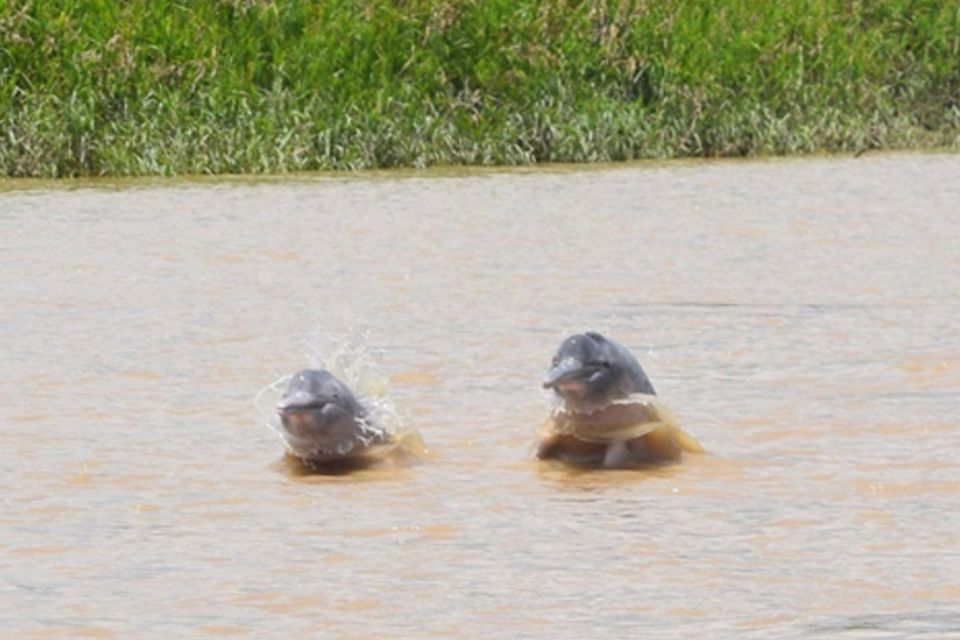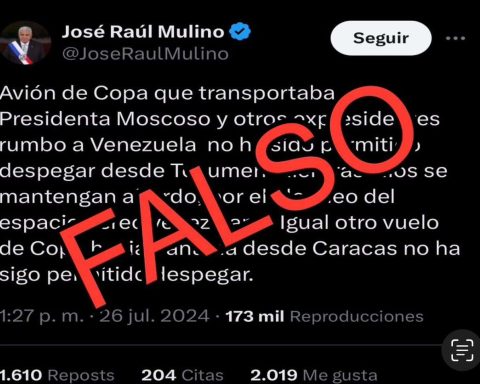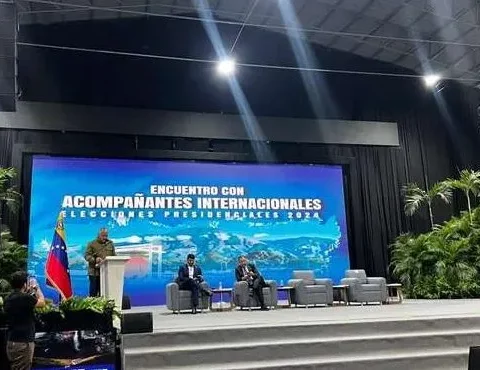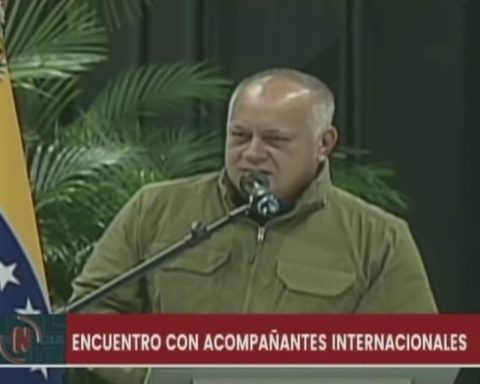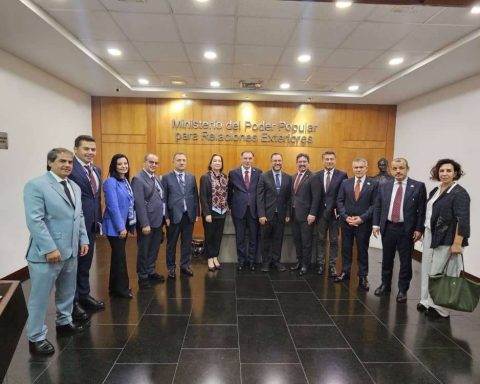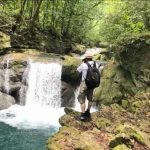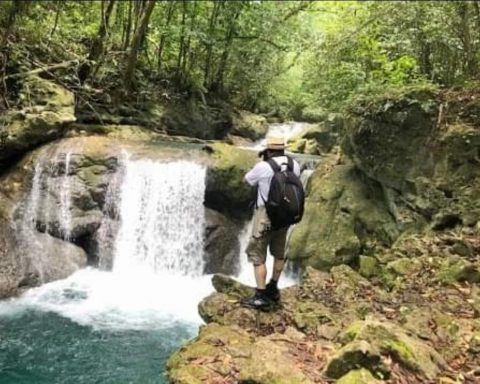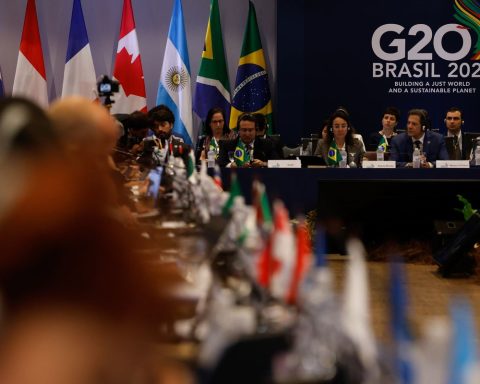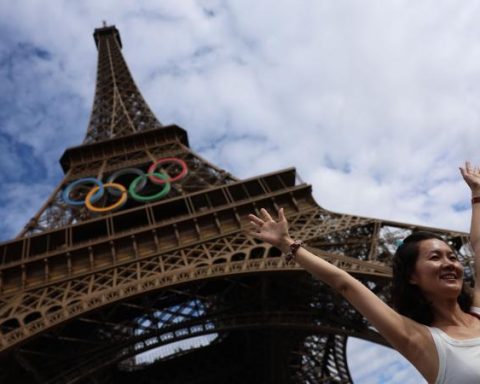The Orinoco bottlenose dolphin is considered a vulnerable species and therefore has an indefinite ban, that is, a total ban on hunting, capturing, using and transporting the species. The felling of trees, mining, accidental and illegal hunting and other human actions have caused the disappearance of these animals, also known as river dolphins, in tributaries where they used to be. Biologists come together to find answers and conserve the species
Laura Clisanchez | Caroní Mail
A group of biologists is leading a conservation project for bottlenose dolphins (Inia geoffrensis) of the Orinoco River and its tributaries, in order to estimate its population and identify the main threats to the species.
What began as an expedition to estimate the abundance of these river dolphins soon became a research project to determine what is affecting the population, their habitat, and which areas of their natural distribution they are no longer occupying.
This is how the Sotalia project was born. Yurasi Briceño, a biologist and project director who has been around for more than four years, points out that for the Orinoco dolphin conservation initiative, educating communities and fishermen about the role they play in the ecosystem has been key.
The Orinoco dolphin (or tonina) is one of the five species of aquatic mammals that inhabit the Orinoquia and the Venezuelan Amazon. It is also the largest freshwater dolphin in the world.
The bottlenose dolphins ensure the healthy environment of the river, as they control the fish population by making sure that only healthy fish that are fit for human consumption survive.
between serious threats
Accidental fishing, felling of trees, the emission of pollutants used in mining and oil activities, and illegal hunting for medicinal purposes directly threaten bottlenose dolphins and degrades their natural habitat.
Human activity -such as the construction of dikes and dams- has modified the natural course of rivers, which means that it is increasingly common for dolphins to become trapped in arms of water where they do not have enough space to move.
“There is a very strong reduction in the habitat of the bottlenose dolphins, the saddest thing is that sometimes the inhabitants of these areas do not know what the causes are. There are areas of their natural distribution that they are no longer occupying and we know that it is due to human actions”, said the biologist.
The expert points out that the last time an estimate of the population of bottlenose dolphins was made in the Orinoco River and its tributaries was in 2014, so the Sotalia project intends to update the census and make a population estimate of bottlenose dolphins in small rivers where never before. it has been done before.
They are currently estimating the abundance of the Orinoco bottlenose dolphin in the Capanaparo, Cinaruco (Apure state) and Portuguesa rivers, and an evaluation of the capture and use of bottlenose dolphins from Lake Maracaibo (Sotalia guianensis).
“We have to have data from at least three years of estimating the abundance of bottlenose dolphins. That is why we are making expeditions in rivers where their population has never been estimated, and they are tributary rivers of the Orinoco”, explained Briceño.
*Read also: Brazil allied with Congo and Indonesia to cooperate in preserving the jungle
The biologist reported that the Sotalia project is also focused on promoting actions to rescue river dolphins involving communities. “We have recorded rescues in the plains area. The llaneros rescue the bottlenose dolphins from the pipe where they are trapped and transfer them to the river, but no information is collected, we want to do it, ”she said.
In 2018, the Venezuelan State published the Paction plan for the conservation of fresh aquatic mammals in Venezuela 2017 – 2027. The Orinoco bottlenose dolphin is considered a vulnerable species and therefore has a indefinite banthat is, a total ban on hunting, capturing, using and transporting the species.
“We want to cover those six rivers to find out how the entire population of bottlenose dolphins is, and then repeat the expedition to find out if it is decreasing, staying the same, or growing. We also want to select the critical areas that cause the population of bottlenose dolphins to decrease to know how to act ”, he explained.
Meanwhile, biologists are acting on preliminary data to preserve the species.
How do human actions threaten the existence of the Orinoco bottlenose dolphins?
Yurasi Briceño explained that river dolphins currently face serious threats from human activity.
The felling of trees near rivers, for example, causes the rate of water evaporation to accelerate because the sun directly hits the headwaters of the rivers, as evaporation accelerates, less water is available.
If the seeds that fall from the trees into the water and feed the fish suddenly become unavailable, the fish move, and the bottlenose dolphins are left with less food available, so they migrate to other bodies of water.
The construction of dikes, on the other hand, changes the natural course of the river, which often causes the stranding of bottlenose dolphins.
“Strandings have been reported frequently. When it rains, the river grows and forms arms, the bottlenose dolphins enter those arms to look for more fish, but when the river goes down very fast, they don’t have time to get out and they get trapped because there isn’t enough water for them to be there.” said the biologist.
